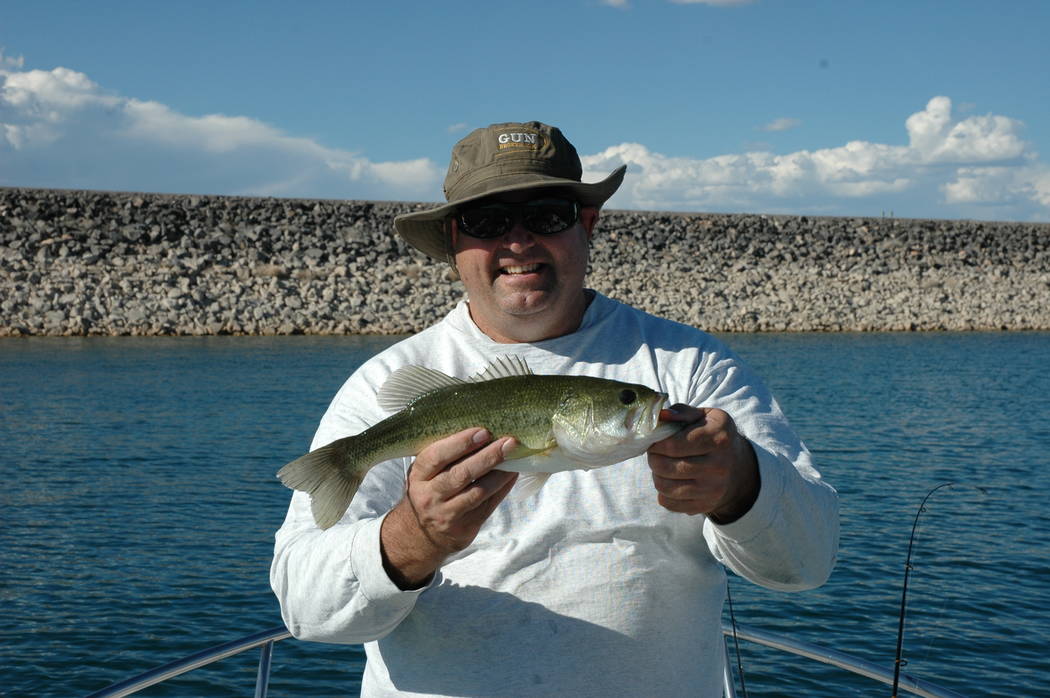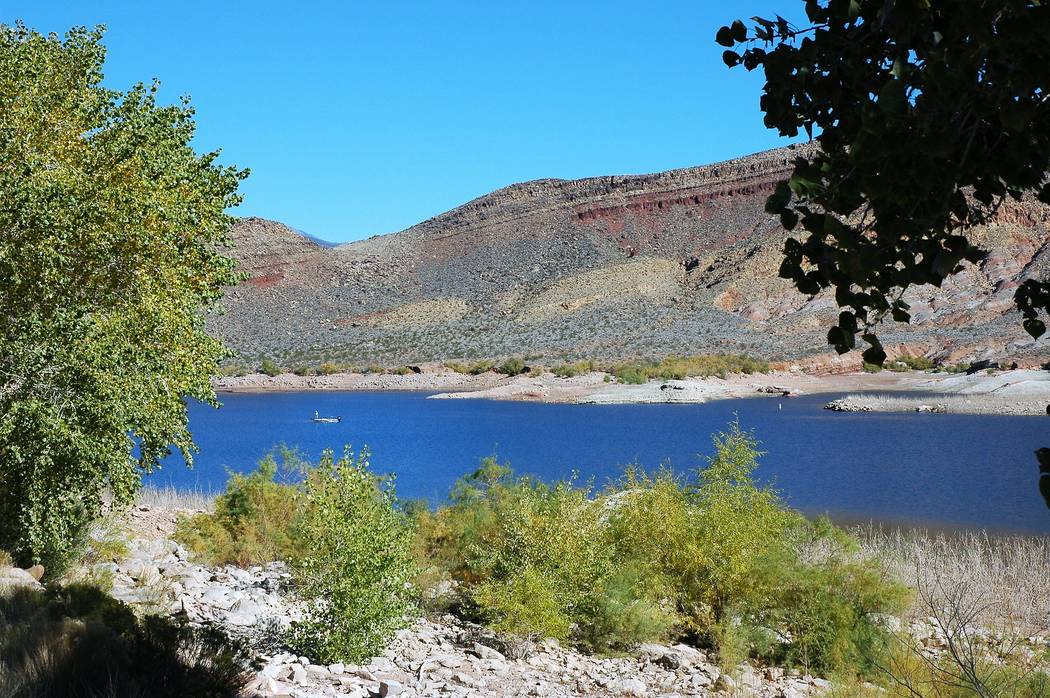It’s important to check your fishing line regularly
Sometimes the longest lasting fishing lessons are those born out of adversity, especially if the instruction involves at least one good fish that got away.
Such was the case one summer when my friends and I were fishing Utah’s Newcastle Reservoir for wipers, a hybrid cross between a male white bass and female striped bass. This combination creates a fish that grows thick and meaty and has a reputation for being aggressive.
At the upper end of the reservoir were some weed beds that seemed a likely hiding spot for a hungry fish in search of a meal. I tied on a white Woolly Bugger and cast it to the dark shadow that marked the edge of the weeds. Almost immediately, my green fly-line went straight, and I lifted the rod’s tip to set the hook.
The fish responded with a hard turn to one side and in that instant was gone. So, too, was my fly, but the hit was such that I had no choice but to give the fish another chance at my fly.
After tying on another Woolly Bugger, it also disappeared in the shadow, and again my fly-line went straight. Up came my rod’s tip, and the fish pulled hard, but only for an instant, because that’s all it took for the fish to break me off for the second time in two casts.
By now, some of you are saying, “Did you think to check your leader?” Probably because you also have experienced a similar fishing lesson. And the answer to your question would be a rather awkward, “No, I didn’t. Not beforehand anyway.”
Fishing line doesn’t come with an expiration date, but it won’t last forever. This is especially true of monofilament fishing line, which is the least expensive and most commonly used. It is highly susceptible to the effects of heat and sunlight, two things we have in abundance in the desert. Over time, a combination of the two will cause your line to become brittle and weak.
The more frequent your fishing forays the faster that transformation will occur. And it won’t be long before a hard-hitting fish will let you know it’s time to change your line, or your leader. Or you can save yourself a lost fish or two by checking the elasticity of your line.
Simply wrap the line around each hand a couple of times and leave some slack in between. Then give the line a quick snap, and don’t be timid about it. If the line breaks, change it out. This test, as my Newcastle experience reminded me, works for fly-fishing leaders as well. If you are using heavy line, you might need to loop one end around something that is fixed in place.
Some anglers forgo the snap test and take the pre-emptive step of changing out their fishing line at least once a year. At the least, take a few seconds occasionally to give your line the snap test.
Something else we have in abundance in our local waterways are rocks and quagga mussels. Rocks are highly abrasive, and the shells of quagga mussels are sharp. Both will take their toll on the working end of your fishing line as you bounce your baits along the bottom or through boulder fields.
Take the time to inspect your fishing line throughout the day and especially after getting hung up on the bottom. Feel for nicks and rough spots. These will be the first to give way under load. So, too, will places where your line has become creased or is starting to fade. The few minutes it takes to remove the damaged line could mean the difference between having fish tacos or something else.
It’s also a good idea to check the line just above your bait, especially if you find yourself in the middle of a hot bite. At that moment, checking your fishing line will be the last thing you want to do, but eventually your fish battles will create weak spots in your line. It takes a minute or two to retie your hook, but the ego bruise caused by a lost fish can last a long time.
Freelance writer Doug Nielsen is a conservation educator for the Nevada Department of Wildlife. His “In the Outdoors” column, published Thursday in the Las Vegas Review-Journal, is not affiliated with or endorsed by the NDOW. Any opinions are his own. Find him on Facebook at @dougwritesoutdoors. He can be reached at intheoutdoorslv@gmail.com.








